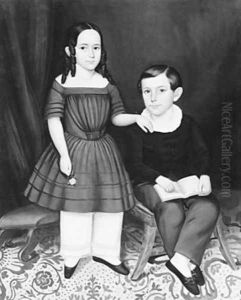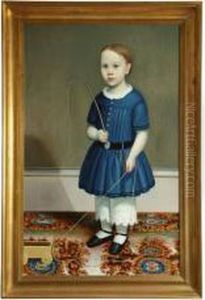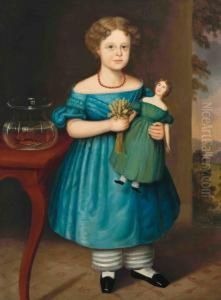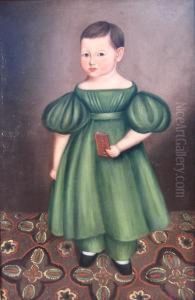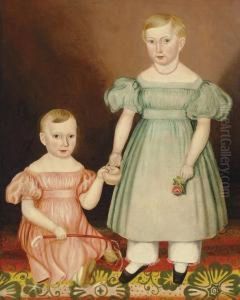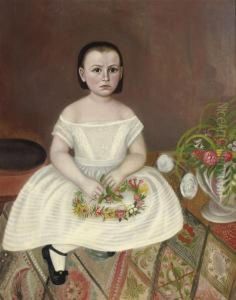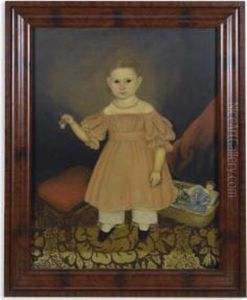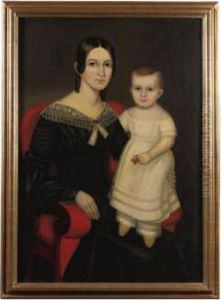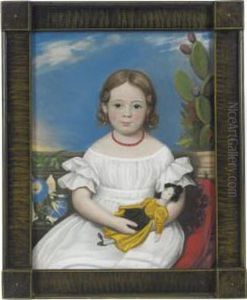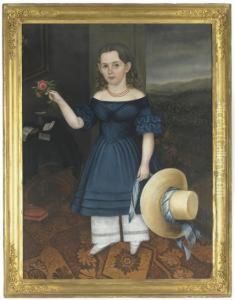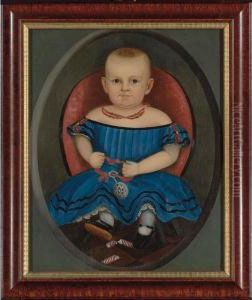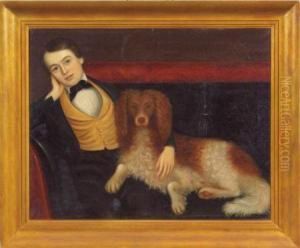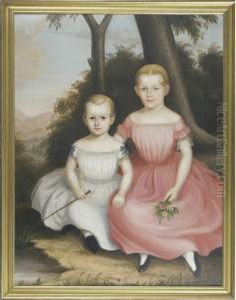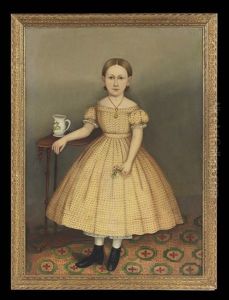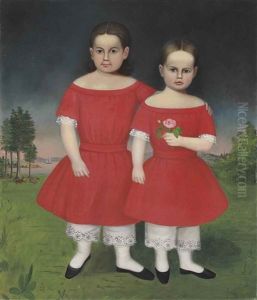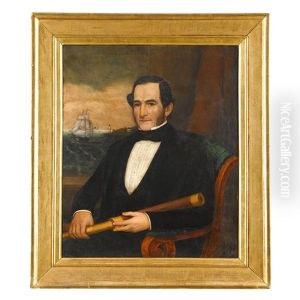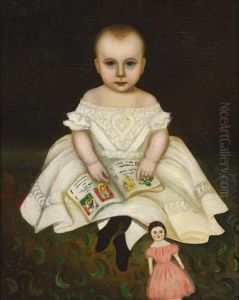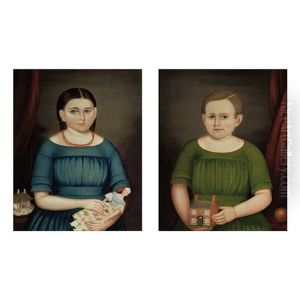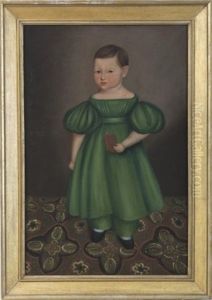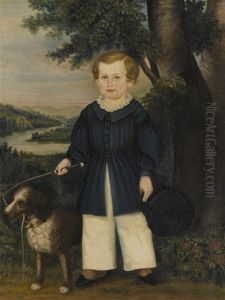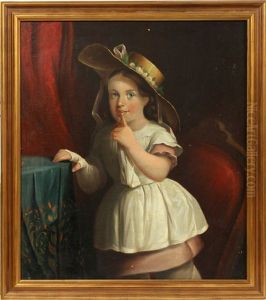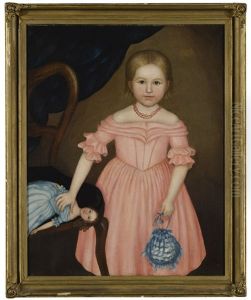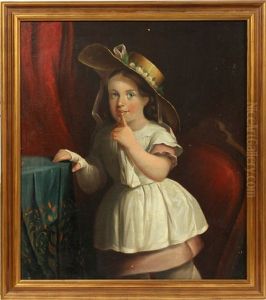Joseph Whiting Stock Paintings
Joseph Whiting Stock was an American painter born on December 30, 1815, in Springfield, Massachusetts. He is known primarily for his portraits, many of which depict children and families in the mid-19th century. Stock's work is characterized by its detailed depiction of clothing and interiors, reflecting the period's social and cultural norms.
Stock's life was marked by personal challenges from an early age. At the age of 11, he was severely injured in a wagon accident, which left him paralyzed from the waist down. Despite this, he pursued an interest in art, and by the age of 16, he was receiving formal training from a traveling portrait painter. This education set the foundation for his career as a portraitist.
In the 1830s, Stock opened a studio in Springfield and began to receive commissions for his work. His portraits were notable for their realistic representation and the use of light to create depth and dimension. Stock often painted members of the middle class, a growing segment of society that sought to document their status and families through portraiture.
Stock's portraits are also significant for the insights they provide into the lives of children during this era. He captured the innocence and vulnerability of his young subjects with sensitivity, often incorporating toys or pets to convey aspects of their personalities and lives.
Although he achieved a degree of success and recognition during his lifetime, Stock's mobility issues due to his disability meant that he had to rely on patrons to come to him, limiting the scope of his clientele. Despite this, he managed to produce a considerable body of work.
Joseph Whiting Stock passed away on June 7, 1855, in Springfield, Massachusetts. Today, his paintings are appreciated for their historical value and as examples of American folk art. They can be found in various museums and private collections, offering a window into the world of 19th-century America.
